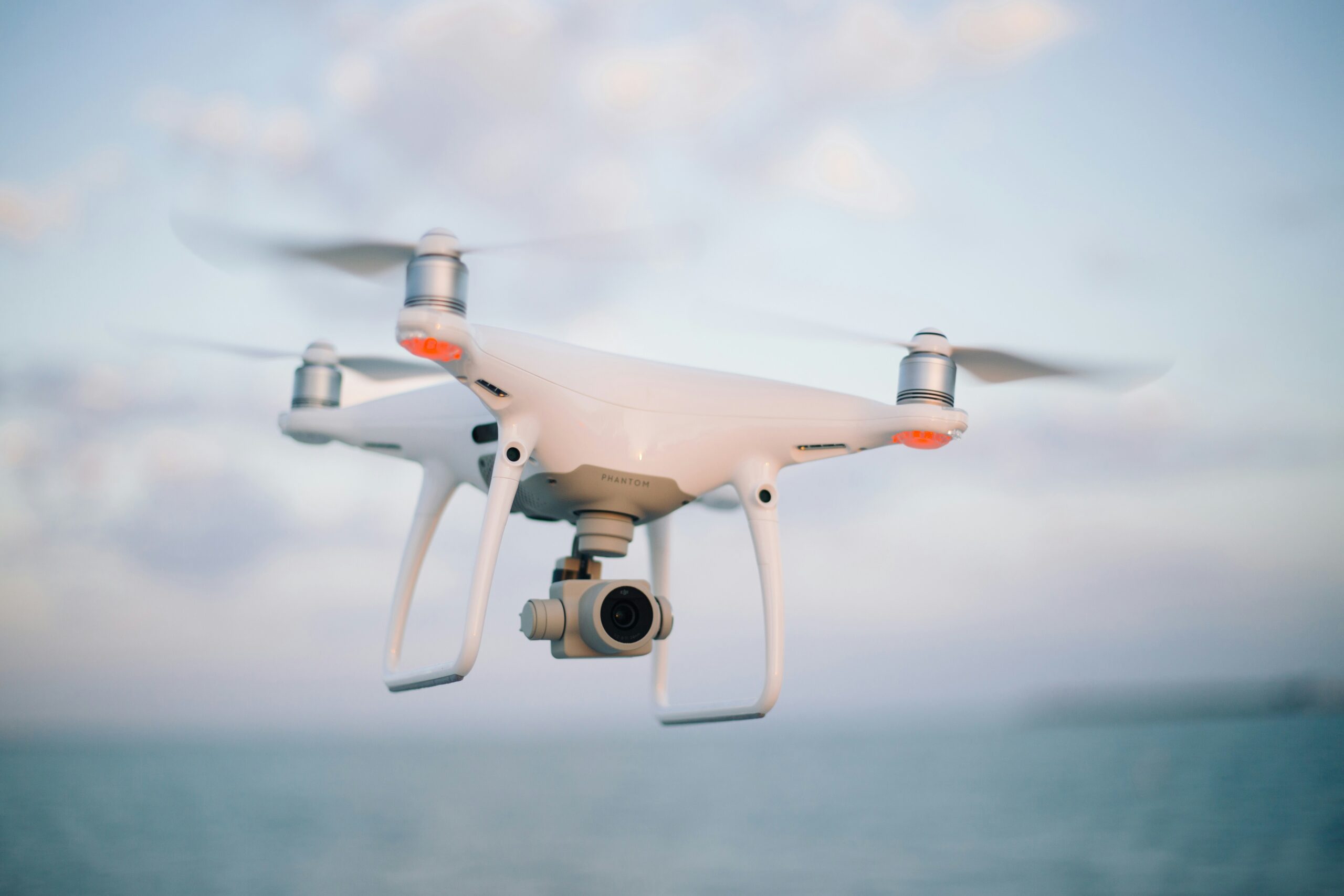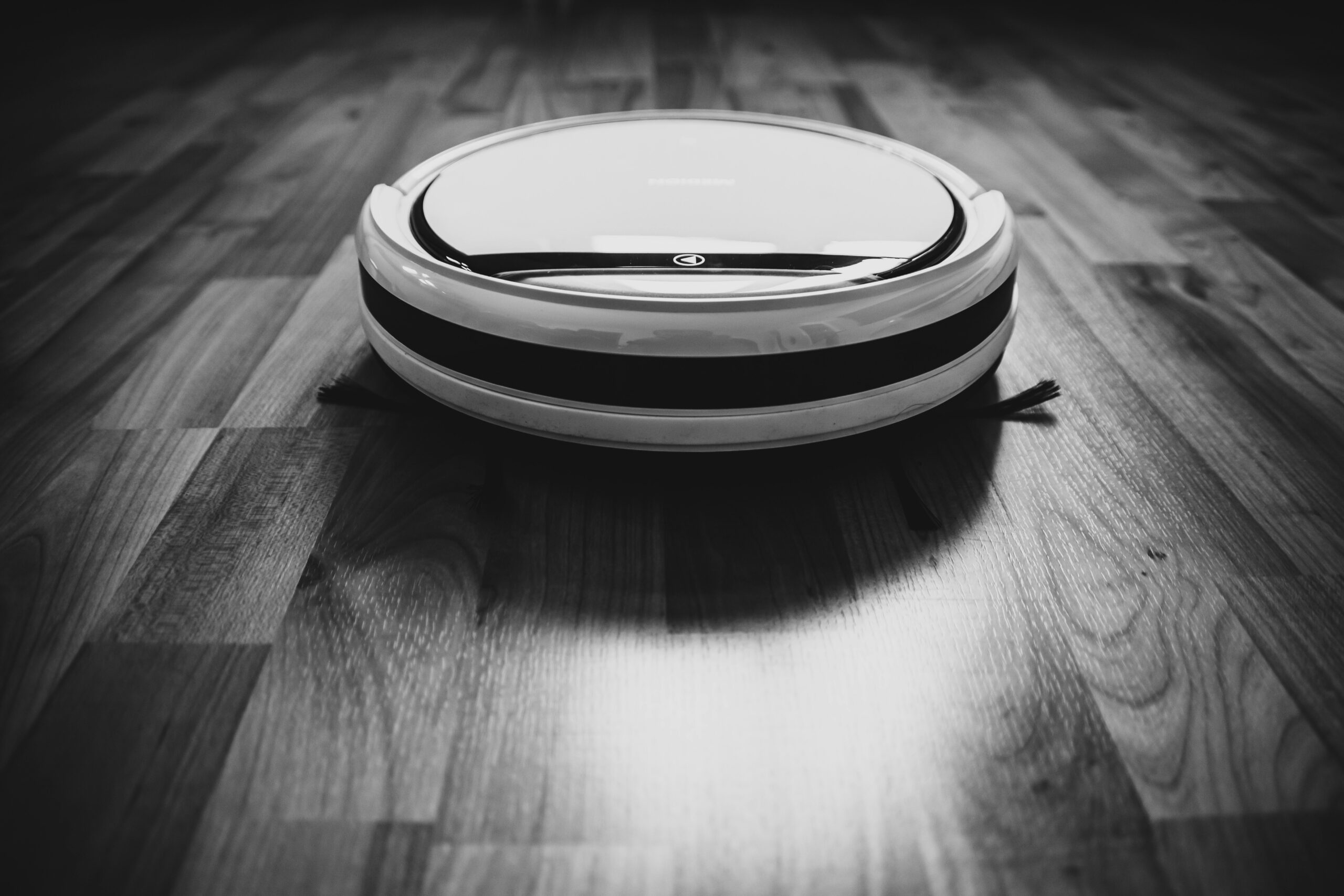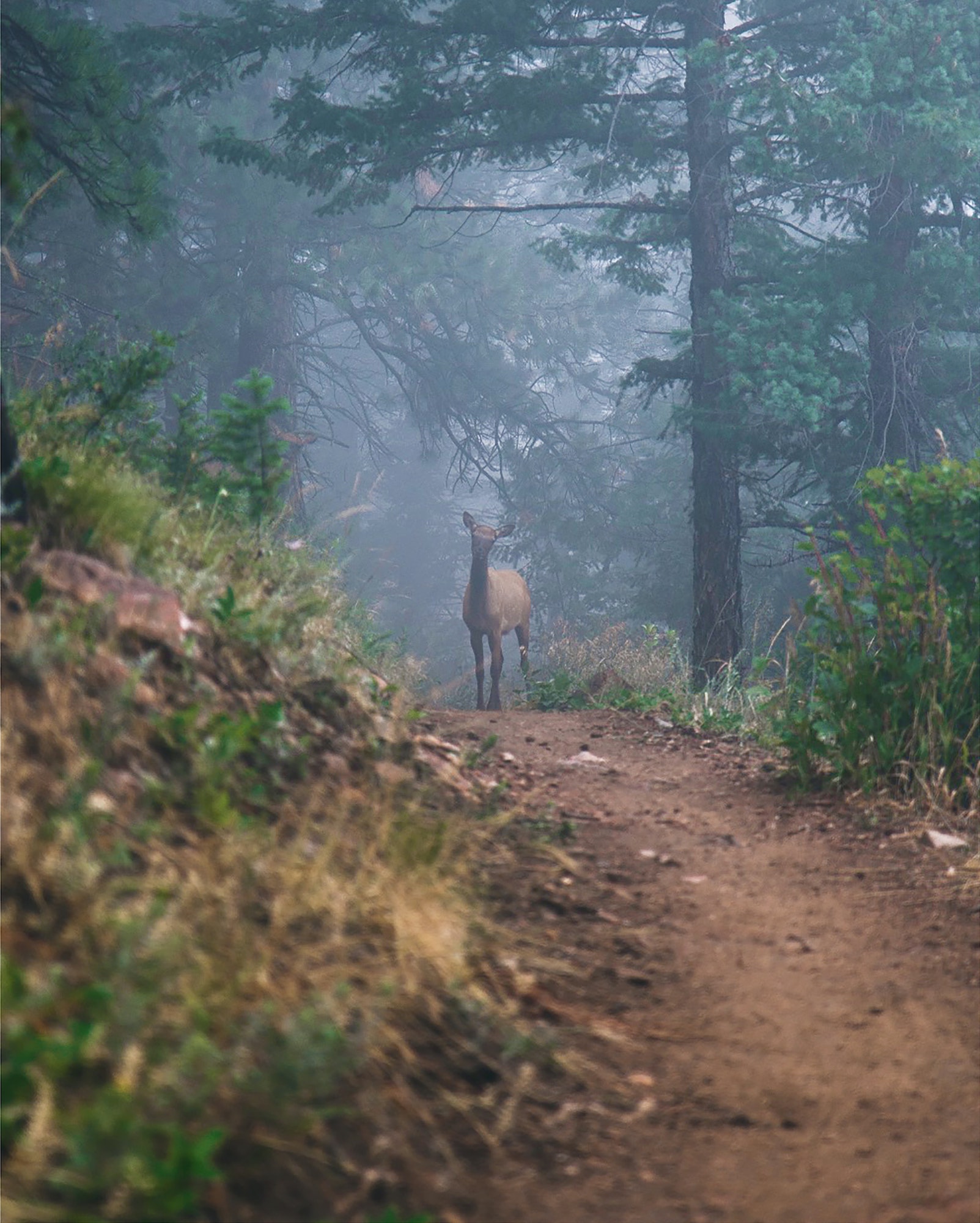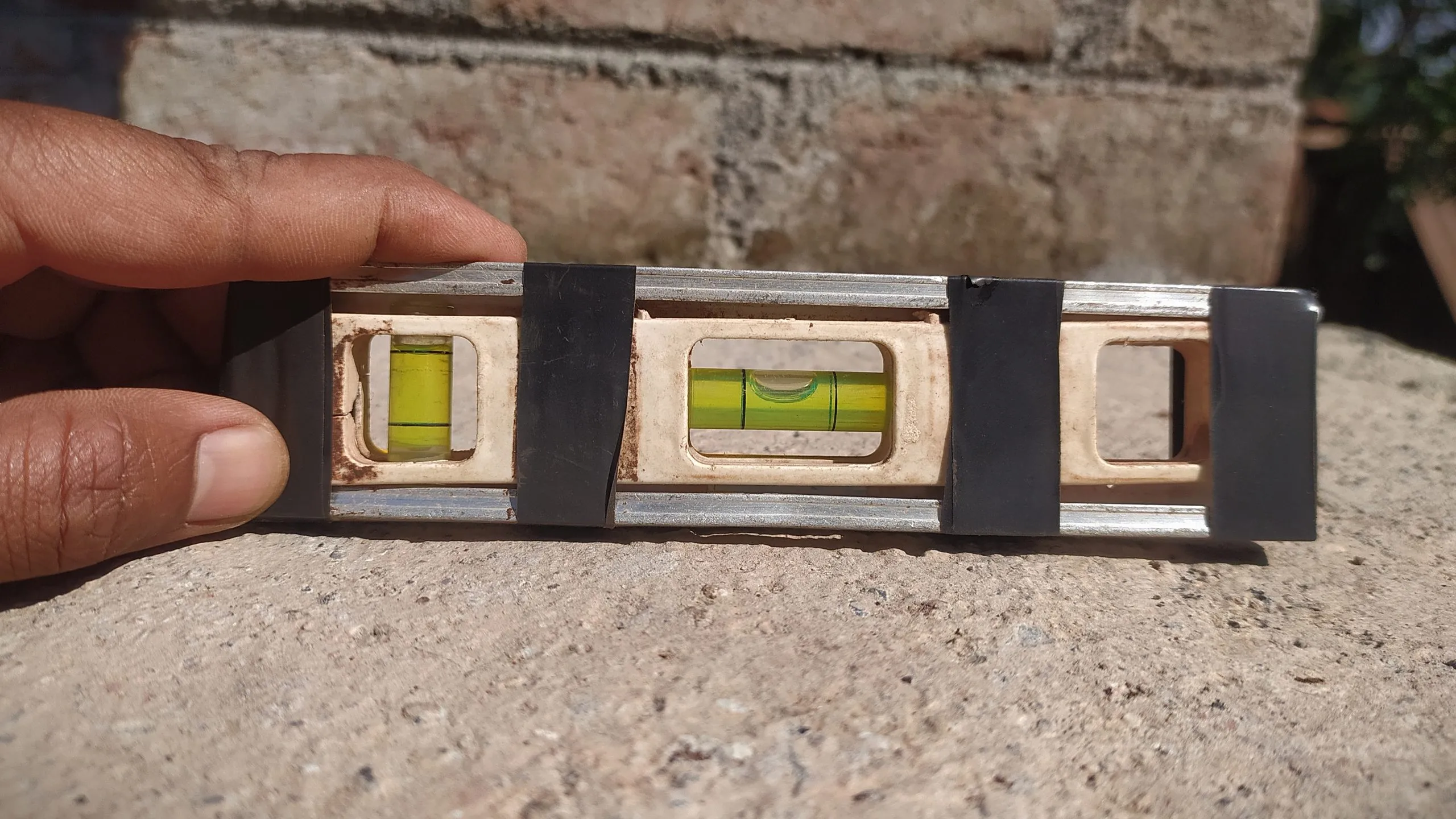Drones have become increasingly popular over the past decade, transforming from high-tech toys for enthusiasts to essential tools for photographers, videographers, and tech-savvy hobbyists. While high-end drones can cost several thousand dollars, there are many budget-friendly options available for under $100. These drones offer a range of features and capabilities suitable for beginners and those looking to explore drone flying without a significant financial commitment. This comprehensive guide will delve into the best drones under $100, providing detailed reviews, comparisons, and buying tips to help you find the perfect drone for your needs.
Understanding Drones: A Primer
Before diving into specific models, it’s important to understand the basics of drone technology and the key features to consider when purchasing a drone.
What is a Drone?
A drone, or unmanned aerial vehicle (UAV), is an aircraft without a human pilot onboard. Drones are controlled remotely by a pilot or autonomously by onboard computers. They come in various shapes and sizes, designed for a range of applications, from aerial photography and videography to recreational flying and racing.
Key Components of a Drone
- Frame: The structure of the drone, which houses all the components.
- Motors and Propellers: These provide the thrust and lift needed for flight.
- Battery: Powers the drone and its components.
- Controller: The remote device used to pilot the drone.
- Camera: Not all drones have cameras, but those that do can capture photos and videos from the air.
- Flight Controller: The onboard computer that stabilizes the drone and controls its flight dynamics.
- Sensors: Gyroscopes, accelerometers, GPS, and other sensors help the drone maintain stability and navigate.
Important Features to Consider
- Flight Time: How long the drone can stay airborne on a single charge.
- Range: The maximum distance the drone can fly from the controller.
- Camera Quality: Resolution and frame rate for photos and videos.
- Stability and Control: How easy the drone is to fly and how well it maintains stability.
- Durability: The build quality and ability to withstand crashes.
- Additional Features: Headless mode, altitude hold, one-key return, and other functionalities that enhance the flying experience.
Top Drones Under $100: Detailed Reviews
In this section, we will review some of the best drones available for under $100. Each review will cover the drone’s specifications, features, pros and cons, and overall performance.
1. Holy Stone HS170 Predator Mini RC Helicopter Drone
Specifications:
- Flight Time: 6-8 minutes
- Range: 50-100 meters
- Charging Time: 45-60 minutes
- Camera: None
- Weight: 14.4 ounces
Features:
- Headless mode for easy orientation
- 6-axis gyroscope for stability
- Wind-resistant design
- Multiple speed modes
Pros:
- Easy to fly, suitable for beginners
- Durable build, can withstand crashes
- Affordable
Cons:
- Short flight time
- No camera
Overall Performance: The Holy Stone HS170 is an excellent starter drone for beginners. Its headless mode and stability make it easy to control, and its durable build ensures it can survive minor crashes. While it lacks a camera and has a relatively short flight time, its low price and ease of use make it a great entry-level option.
2. Syma X5C Explorers Quadcopter
Specifications:
- Flight Time: 7-10 minutes
- Range: 50 meters
- Charging Time: 100 minutes
- Camera: 720p HD
- Weight: 2.1 pounds
Features:
- HD camera for photos and videos
- 6-axis gyroscope for stable flight
- 360-degree flips and rolls
- Removable battery
Pros:
- Good camera quality for the price
- Stable and smooth flight
- Fun to fly with flip and roll capabilities
Cons:
- Longer charging time
- Limited range
Overall Performance: The Syma X5C is a fantastic choice for those looking to get into aerial photography on a budget. Its HD camera provides decent quality photos and videos, and its stable flight dynamics make it easy to control. The flips and rolls add an element of fun, though the long charging time and limited range are drawbacks.
3. EACHINE E58 WIFI FPV Quadcopter
Specifications:
- Flight Time: 7-9 minutes
- Range: 80-100 meters
- Charging Time: 60-70 minutes
- Camera: 720p HD
- Weight: 96 grams
Features:
- Foldable design for portability
- WiFi FPV (First Person View) for real-time video transmission
- Altitude hold for stable hovering
- One-key takeoff/landing
Pros:
- Compact and portable design
- FPV capability for immersive flying experience
- Stable hovering with altitude hold
Cons:
- Short flight time
- Occasional connectivity issues with FPV
Overall Performance: The EACHINE E58 is a versatile drone that combines portability with advanced features like FPV and altitude hold. Its foldable design makes it easy to carry, and the real-time video transmission is a great addition for capturing aerial footage. The short flight time and occasional connectivity issues are minor drawbacks, but overall, it’s a solid choice for under $100.
4. Potensic A20 Mini Drone
Specifications:
- Flight Time: 5-6 minutes
- Range: 30 meters
- Charging Time: 40 minutes
- Camera: None
- Weight: 190 grams
Features:
- Headless mode for easy control
- Altitude hold for stable flight
- One-key takeoff/landing
- Multiple speed modes
Pros:
- Very easy to fly, perfect for kids and beginners
- Compact and lightweight
- Quick charging time
Cons:
- Very short flight time
- No camera
Overall Performance: The Potensic A20 Mini Drone is an ideal choice for young pilots and beginners. Its simple controls, altitude hold, and headless mode make it exceptionally easy to fly. The compact size and quick charging time are additional benefits, though the short flight time and lack of a camera are limitations.
5. Tello Quadcopter Drone by Ryze Tech (DJI Powered)
Specifications:
- Flight Time: 13 minutes
- Range: 100 meters
- Charging Time: 90 minutes
- Camera: 720p HD
- Weight: 80 grams
Features:
- High-quality camera with electronic image stabilization
- Programmable with Scratch coding
- VR headset compatibility for FPV
- Altitude hold and precise hovering
Pros:
- Superior camera quality and stabilization
- Long flight time for its class
- Educational value with programmable features
Cons:
- Slightly above $100, but often available on sale
- Longer charging time
Overall Performance: The Tello Quadcopter, powered by DJI technology, offers an impressive array of features typically found in more expensive drones. Its high-quality camera, stable flight, and educational coding capabilities make it a standout choice. While it may slightly exceed the $100 budget, its value and performance make it worth considering.
Comparing the Best Drones Under $100
To help you make an informed decision, let’s compare the key features of the top drones under $100 side-by-side.
| Drone | Flight Time | Range | Camera | Special Features | Best For |
|---|---|---|---|---|---|
| Holy Stone HS170 | 6-8 minutes | 50-100 meters | None | Headless mode, 6-axis gyroscope | Beginners |
| Syma X5C | 7-10 minutes | 50 meters | 720p HD | 360-degree flips, removable battery | Aerial photography beginners |
| EACHINE E58 | 7-9 minutes | 80-100 meters | 720p HD | FPV, foldable design, altitude hold | Portability, FPV flying |
| Potensic A20 | 5-6 minutes | 30 meters | None | Headless mode, altitude hold | Kids, absolute beginners |
| Tello Quadcopter | 13 minutes | 100 meters | 720p HD | VR compatibility, Scratch coding | Education, photography |
Each of these drones offers unique advantages, making them suitable for different types of users. Whether you’re looking for a drone with a good camera, one that’s easy for kids to use, or something portable with advanced features, there’s a drone on this list for you.
Buying Guide: How to Choose the Best Drone Under $100
When shopping for a drone under $100, there are several factors to consider to ensure you get the best value for your money.
Flight Time
Flight time refers to how long a drone can stay airborne on a single battery charge. Most budget drones offer flight times between 5 to 10 minutes. While longer flight times are better, it’s also important to consider the availability of spare batteries to extend your flying sessions.
Range
The range is the maximum distance the drone can fly from the controller without losing connection. A greater range allows for more flexibility and freedom while flying. For most entry-level drones, a range of 50 to 100 meters is typical.
Camera Quality
If capturing photos and videos is a priority, pay close attention to the camera specifications. Look for drones with at least a 720p HD camera. Some drones also offer features like FPV (First Person View) and electronic image stabilization, which can enhance the quality of your aerial footage.
Stability and Control
A stable drone is easier to control and provides a better flying experience. Features like 6-axis gyroscopes, altitude hold, and headless mode can significantly improve stability and ease of use, especially for beginners.
Durability
Drones can be prone to crashes, especially when piloted by beginners. Durable construction and the ability to withstand impacts are crucial. Look for drones made from sturdy materials and with designs that can endure minor crashes.
Additional Features
Consider any additional features that might enhance your flying experience. Features like one-key takeoff/landing, multiple speed modes, and programmable functions can add value to your drone. Some drones also offer VR compatibility for an immersive flying experience.
Tips for First-Time Drone Pilots
Flying a drone for the first time can be an exciting but challenging experience. Here are some tips to help you get started safely and enjoyably.
Read the Manual
Before taking off, thoroughly read the drone’s manual. Understanding the controls, features, and safety guidelines is essential for a successful flight.
Start Indoors or in an Open Area
Begin flying your drone indoors in a large, open space or outdoors in a clear area with minimal obstacles. This reduces the risk of crashes and helps you get a feel for the controls.
Practice Basic Maneuvers
Start with basic maneuvers like hovering, taking off, and landing. Gradually progress to more complex movements like tacking, jibing, and performing flips if your drone supports these actions.
Monitor Battery Life
Keep an eye on your drone’s battery life to avoid crashes due to sudden power loss. Most drones have indicator lights or alarms to notify you when the battery is low.
Fly in Good Weather
Avoid flying in windy, rainy, or extremely hot or cold conditions. Weather can significantly impact your drone’s performance and stability.
Respect Privacy and Regulations
Be mindful of privacy and local regulations regarding drone use. Avoid flying over private properties without permission and stay clear of restricted areas.
Maintaining Your Drone
Regular maintenance can extend the life of your drone and ensure it operates safely and efficiently.
Cleaning
After each flight, especially if you’ve been flying outdoors, clean your drone. Remove any dirt, dust, or debris from the frame, propellers, and camera.
Inspect for Damage
Regularly inspect your drone for any signs of damage or wear. Check the propellers, motors, and body for cracks or other issues. Replace damaged parts promptly to avoid further damage.
Battery Care
Proper battery care is crucial for maintaining flight performance. Always use the recommended charger and avoid overcharging. Store batteries in a cool, dry place and avoid exposing them to extreme temperatures.
Software Updates
Keep your drone’s firmware and any associated apps updated. Manufacturers often release updates that can improve performance and fix bugs.
Exploring Advanced Features
As you become more comfortable with flying your drone, you may want to explore its advanced features and capabilities.
First Person View (FPV)
FPV allows you to see what your drone sees in real-time, providing an immersive flying experience. This is particularly useful for aerial photography and videography.
Altitude Hold
Altitude hold maintains the drone’s altitude without the need for constant manual adjustments. This feature is especially helpful for stable photography and when learning to fly.
Headless Mode
Headless mode simplifies drone control by making the drone’s orientation relative to the pilot rather than the direction the drone is facing. This is useful for beginners who are still getting accustomed to the controls.
One-Key Takeoff/Landing
One-key takeoff and landing make it easy to start and end your flight sessions with the push of a button. This feature reduces the risk of crashes during these critical phases.
Programmable Flight Paths
Some drones allow you to program specific flight paths using a mobile app. This feature is great for capturing smooth, planned aerial footage and for educational purposes.
Advanced Tips for Experienced Pilots
Once you’ve mastered the basics, you can enhance your flying skills and explore more advanced techniques.
Aerial Photography Techniques
To capture stunning aerial photos and videos, practice smooth and controlled movements. Use altitude hold and slow, steady movements to avoid shaky footage. Experiment with different angles and heights to find the best perspectives.
FPV Racing
FPV racing is a fast-growing sport where pilots race drones through obstacle courses. If you’re interested in racing, start by improving your maneuvering skills and reaction times. Invest in FPV goggles for an immersive experience.
Exploring New Environments
Expand your flying locations to include various environments such as parks, beaches, and urban areas. Each environment offers unique challenges and opportunities for stunning footage.
Participating in Drone Communities
Join local or online drone communities to connect with other enthusiasts. These communities are great for sharing tips, troubleshooting issues, and participating in group flights or competitions.
Legal and Ethical Considerations
Flying a drone comes with responsibilities. Here are some legal and ethical considerations to keep in mind.
Know the Regulations
Familiarize yourself with local, state, and federal regulations regarding drone use. In the U.S., the Federal Aviation Administration (FAA) has specific rules for recreational and commercial drone pilots.
Respect Privacy
Always respect people’s privacy when flying your drone. Avoid flying over private properties without permission and be mindful of capturing images or videos of individuals without their consent.
Fly Safely
Prioritize safety at all times. Avoid flying near airports, crowded areas, or in restricted zones. Always maintain a visual line of sight with your drone.
FAQs
What is the best drone under $100 for beginners?
The Holy Stone HS170 Predator Mini RC Helicopter Drone is an excellent choice for beginners due to its easy controls, stability, and durability.
Can I find a drone under $100 with a good camera?
Yes, the Syma X5C and the Tello Quadcopter both offer good camera quality for the price, with 720p HD cameras suitable for basic aerial photography and videography.
How long do budget drones typically fly?
Most drones under $100 have flight times ranging from 5 to 10 minutes. The Tello Quadcopter offers one of the longest flight times in this category at 13 minutes.
Do I need to register my drone with the FAA?
In the U.S., if your drone weighs more than 0.55 pounds (250 grams), it must be registered with the FAA. Check local regulations for other countries.
Can I fly my drone indoors?
Yes, many small drones like the Potensic A20 are suitable for indoor flying. Ensure you have enough space and avoid obstacles.
What should I do if my drone crashes?
First, check for any damage to the propellers, motors, and frame. Replace any damaged parts before flying again. Regularly inspect your drone to ensure it’s in good condition.
Is it possible to upgrade a budget drone?
While some components like propellers and batteries can be upgraded, budget drones have limited upgrade options compared to more expensive models.
How can I extend the flight time of my drone?
You can extend flight time by purchasing additional batteries and ensuring they are fully charged before flying. Minimize aggressive maneuvers to conserve battery life.
Are drones under $100 suitable for kids?
Yes, many drones in this price range, such as the Potensic A20, are designed with safety features and simple controls, making them suitable for kids and beginners.
Can I use my smartphone to control my drone?
Some drones, like the EACHINE E58, offer smartphone control via WiFi. Check the specific features of the drone to see if it supports this capability.
Conclusion
Drones under $100 offer an excellent entry point for beginners and hobbyists looking to explore the exciting world of drone flying. By understanding the key features, comparing top models, and following best practices, you can find a drone that suits your needs and budget. Whether you’re interested in aerial photography, racing, or simply enjoying the thrill of flying, there’s a budget-friendly drone out there for you. Remember to fly responsibly, respect regulations, and, most importantly, have fun exploring the skies with your new drone.
Glossary of Terms
FPV (First Person View): A method of controlling a drone using a live video feed from the drone’s camera, displayed on a screen or goggles.
Altitude Hold: A feature that maintains the drone’s altitude without manual input, allowing for stable hovering.
Headless Mode: A control mode where the drone’s orientation is relative to the pilot, simplifying directional control.
One-Key Takeoff/Landing: A feature that allows the drone to take off or land with the push of a single button.
Flight Time: The duration a drone can stay airborne on a single battery charge.
Range: The maximum distance a drone can fly from the controller without losing connection.
Gyroscope: A sensor that helps stabilize the drone by detecting its orientation and motion.
Propellers: The blades that spin to create lift and thrust, enabling the drone to fly.
VR (Virtual Reality) Compatibility: The ability to use VR goggles to view the drone’s live feed for an immersive flying experience.
Scratch Coding: A visual programming language that allows users to create programs by connecting blocks, often used for educational purposes in drones.



